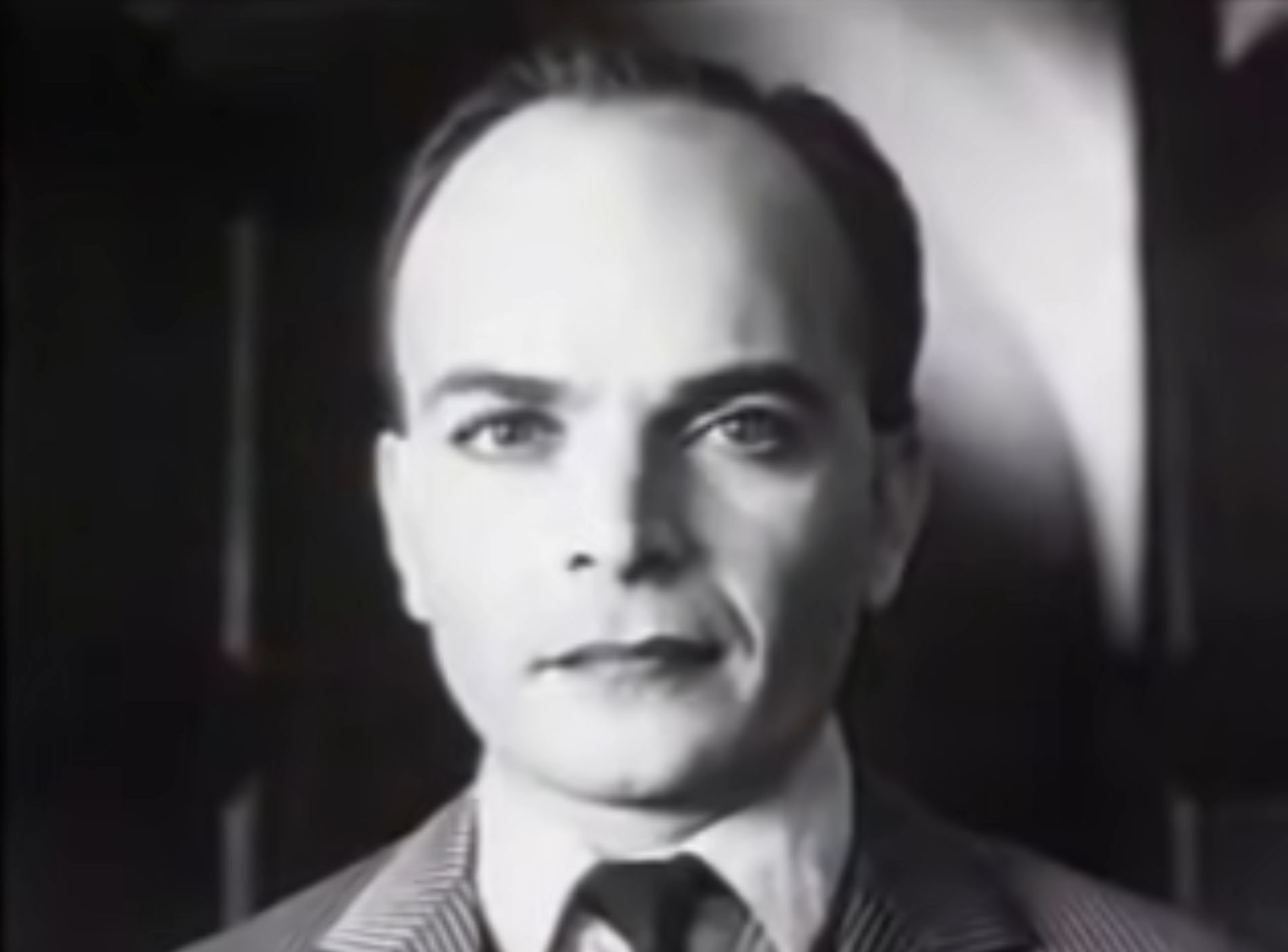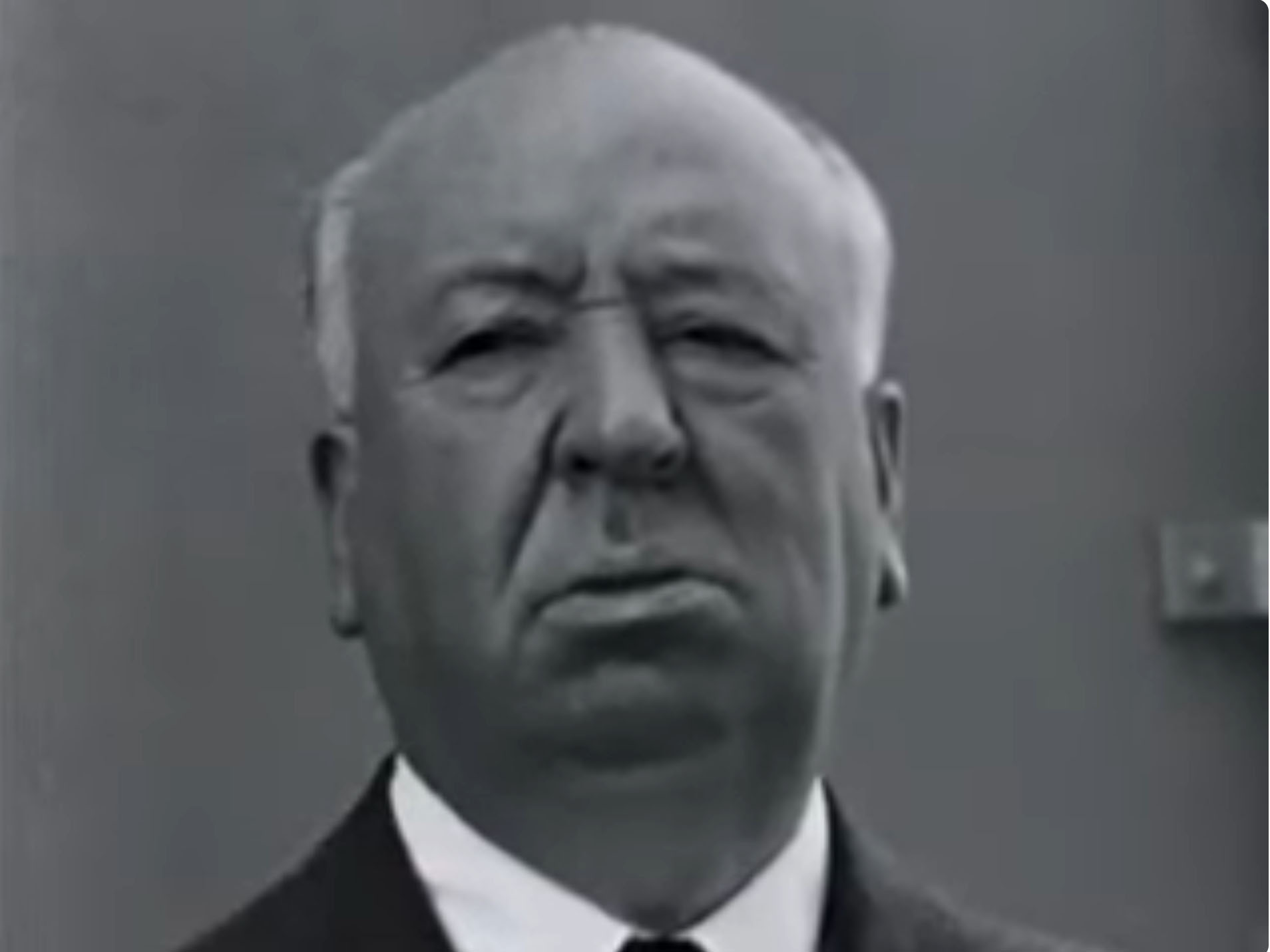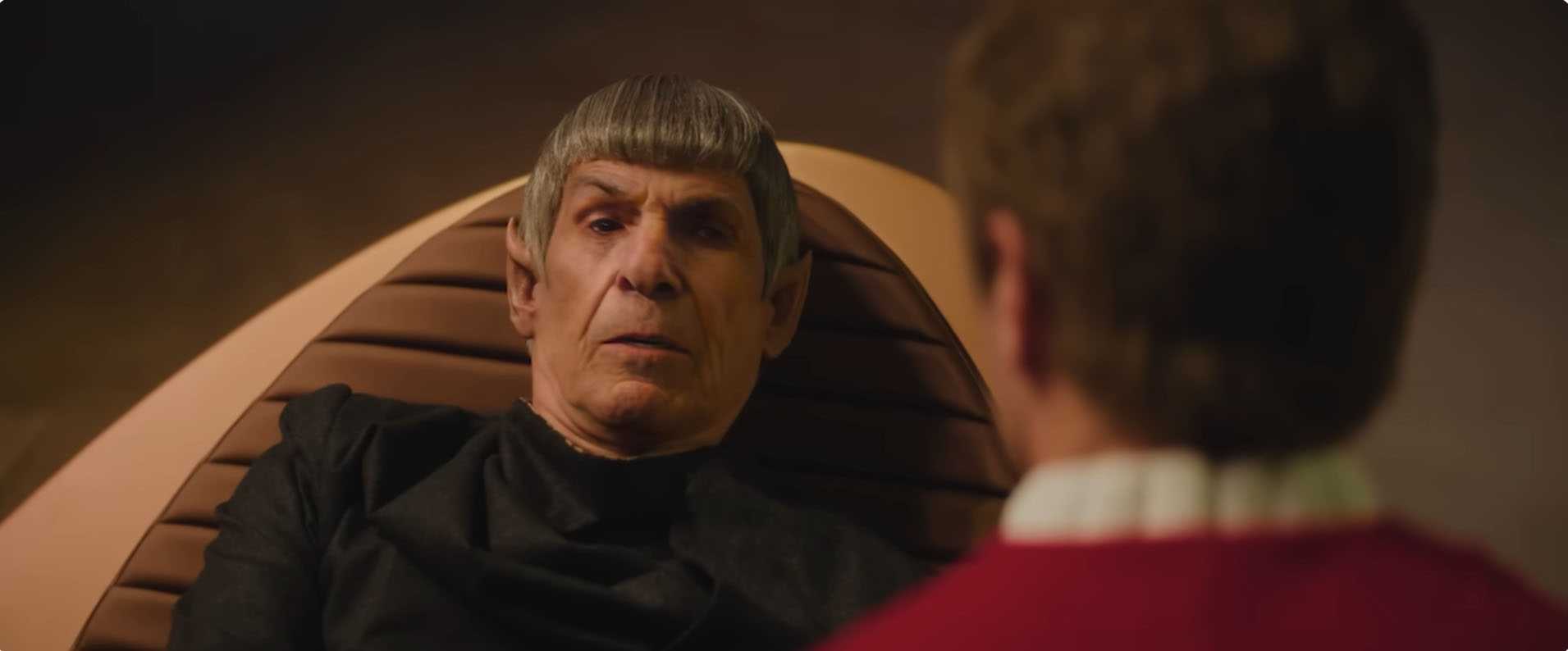Star Trek and The Kuleshov Effect

The recent release of OTOY’s “765874: Unification” is an excellent example of Russian film director Lev Kuleshov’s “Kuleshov Effect.”
The 8-minute video produced for The Archive is a celebration of the 30th anniversary of Star Trek: Generations, and is a vehicle for William Shatner’s last appearance as Captain Kirk on screen.
OTOY uses their latest visual effects to use live actors Sam Witwer and Lawrence Selleck to bring Captain Kirk and Spock back to life on screen. The face-replacement technology is quite impressive, but what struck me more was how emotional the reaction has been to a video with no dialogue. For me, this is a prime example of the Kuleshov Effect, best explained by none other than Alfred Hitchcock.
Kuleshov demonstrates how an edit can manipulate the viewer into believing the actor has different emotional reactions. He uses the same neutral expression of an actor inter cut first with some food, then a beautiful woman, then a dead child. The actor footage is identical in the three sequences, but the audience thinks the actor is either hungry, in love or very sad depending on which scene in placed in between.
Hitchcock’s example is just as compelling. Hitchock is shown first with a neutral expression, then smiling. If this is inter cut with a mother and her child, he is seen as being happy, but when inter cut with a woman in a bikini, he is viewed as a dirty old man.
This is quite stunning.
The Kuleshov Effect takes advantage of the viewer’s experiences, and a seasoned director can use this to pull a viewer deeper into the story. For 765874 – Unification, I was amazed at the outpouring of emotion in the comments for the video.
“My 83 year old father and I, 48, cried watching this tribute to life and Star Trek. Congratulations on an incredible job.”
“That was the single best Star Trek in decades. Thank you.“




“71 years old, I’m sitting watching with tears streaming down my face. Thank you.”
“Beautiful tribute to a beloved series of series.”
By not providing dialogue, every viewer inserts their own words and emotions between Kirk and Spock (and, for that matter, for everyone in the video). The result for many viewer’s is a “perfect” experience – due in part because they have created much of the story on their own.
You can’t help but insert Spock saying “You have been, and always shall be, my friend” or telling his resourceful captain “I knew you would somehow be here to say good-bye.”
The best directors always leave things for the audience to draw their own conclusions or connections. They know their audience is smart and it’s not necessary to show everything. A simple example is showing someone driving from one location to another. You don’t need to show each step – getting into the car, starting the engine, putting on the seat belt, putting the car into gear, pulling out of the driveway, making all the turns – you get the point. You could simply show the actor opening the car door, then cut to a wide shot of the car coming to a stop with perhaps a push in of the camera to see the actor behind the wheel. The audience will fill in the details of the trip and be satisfied.
Along with “show, don’t tell,” the Kulehsov Effect is an important part of a director’s toolkit for creating a video.




